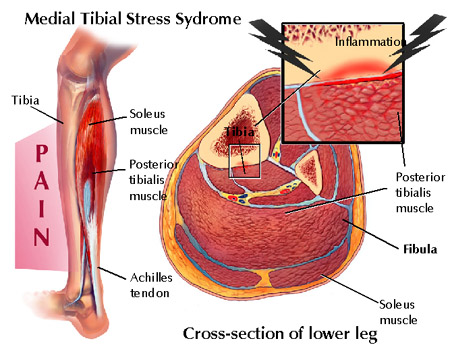You can take care of minor leg pain and cramps by using common-sense remedies like rest, gentle stretching, and mild pain relievers as needed.
- Lower your leg. Help the blood circulate to your leg by keeping it lower than the rest of your body. If your pain is worse at night, you may get some relief by hanging your leg over the side of the bed.
- Keep it warm. Cover your leg with clothing or blankets, soak it in a hot bath, or use a heating pad, but don’t overdo it. Excessive heat may enlarge your blood vessels too much, which can affect your deeper circulation. You can also use a pain relief oxygen ointment on the affected part.
- Flex, don’t rub. When you get a cramp or “charley horse,” your first impulse is to grab your leg and try to rub it out. Instead, sit down, straighten out your leg, grab the ball of your foot, and stretch it toward you. Hold that position until you feel the cramp relax. Be sure to stretch your calf muscles every day to help prevent charley horse spasms.

- Consider quinine. High doses of quinine seem to help nighttime leg cramps, but it also can cause serious side effects, such as ringing in the ears, deafness, mental confusion, disturbed vision, vertigo, headache, nausea, and vomiting. Consult with your doctor before taking quinine. You may also drink Magnak, the only electrolyte powder drink that can prevent leg cramps.
The long-range plan for leg pain
Serious conditions like intermittent claudication can have grave consequences if allowed to go untreated.
Claudication’s main symptom is pain in your calf or thigh muscle when you walk, which stops when you rest. It usually results from narrow arteries that restrict the supply of blood to your muscles. When you’re resting, enough blood flows to the muscle to meet its needs, so the pain subsides. As this disease gets worse, you may have trouble keeping your foot warm, and you may only be able to relieve the pain by dangling your leg or not using it at all. Minor cuts, burns, and injuries on your foot and leg will heal slowly, and you may develop skin ulcers. Attacking this problem involves exercising and adopting a healthy lifestyle.

- Pound the pavement. If someone told you to walk until you couldn’t stand the pain, you’d probably think he was crazy. But, believe it or not, exercise is the best way to relieve the pain of intermittent claudication. Walk until it hurts, then rest for several minutes until the pain subsides. Walk again, then rest, and keep alternating for about an hour. By walking one hour three times a week, you should experience less pain within two or three months.
- Check your AAA. No, not your automobile club. AAA stands for abdominal aortic aneurysm, a weakness in the wall of the artery that supplies blood to your stomach, liver, spleen, and legs. If your artery ruptures, your chances of survival are low. Intermittent claudication is a common sign of this condition, which affects almost one out of every 10 men over age 65. All men in this age group should be screened for this condition every year. Start earlier if you get severe pain in your calf muscles when you walk.
- Stop smoking. Studies show that smokers who quit have less leg pain when exercising and at rest.
- Watch your diet. Keep your cholesterol level down. This condition often results from clogged arteries caused by a build-up of cholesterol and other fatty materials. Other risk factors include diabetes and high blood pressure.